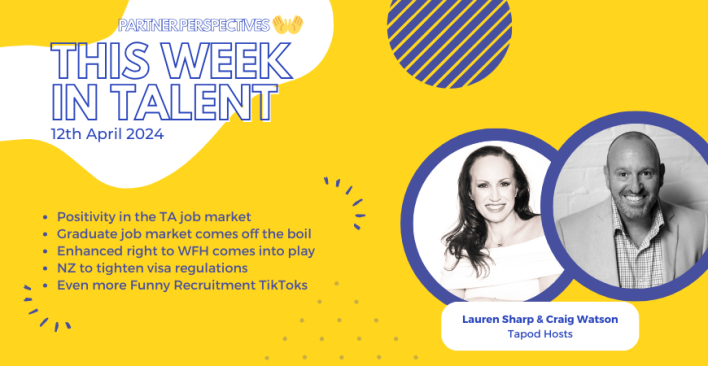WorkPac vs. Skene – why all HR & Workforce Managers must know about this ruling

Earlier this month, the Federal Court handed down what many believed was a surprise verdict in the WorkPac vs. Skene case by ruling in favour of the a casual truck driver who was seeking compensation for unpaid annual leave.
This is a significant development in the ongoing discussion on Contingent labour, and one that all HR and Workforce Managers need to be aware of.
What was the finding?
The truck driver, Peter Skene, was employed as a casual (through labour hire company WorkPac) at a Rio Tinto mine and was deemed “not” to be a casual employee because of his regular and continuous pattern of work among other factors. This was despite him being employed under a labour hire agreement as a casual.
The Federal Court deemed the employee was entitled to annual leave, in a ruling that shocked the labour hire industry and broader business community. Confusingly for employers, the Fair Work Act 2009 does not provide a clear definition of what a “casual” employee is and this ruling has led to calls for more prescriptive legislation to be put in place to define what casual employment is.
Nick Duggal, Partner at Moray & Agnew, said, “This decision serves as a reminder that labelling employment as casual will not necessarily mean that a court will reach the same conclusion.”
“It leaves open potential for future cases where employees attempt to claim both casual loading and permanent employment entitlements,” he added.
What has been the reaction?
Representatives from both labour hire firms and industry groups have publicly condemned the decision and raised questions on the implications it may have.
The casual employee was an “ongoing” casual employee who had been employed as a casual for close to 2 years and was given the same regular shifts in advance. This regular and continuous pattern of work was noted in the findings. The ruling has raised concerns that it could be extended to other casual employees, particularly those doing regular work for a period of 12 months or more.
What do you need to do now?
This decision may influence the proper legal characterisation of the employment of any employee labelled as “casual”, not just those employed through labour hire firms and recruitment agencies.
So it is important for all HR and Workforce Managers to understand the findings from this case as well as other commentary.
Advice in the meantime is to:
- Review your employment contracts. Employment contracts need to be well written and clearly state and explain the true nature of casual employment. Ensure that it is stated in the contract that the employee receives casual benefits (a loading) and that these benefits are in lieu of permanent employee benefits in order to reduce the likelihood of an underpayment claim or other rights associated with permanent employment;
- Review your casual workforce so you are aware of how many “long term” casuals you have.
- If possible, avoid committing to or offering “long term” casual work. Lengthy employment under a consistent pattern presents a risk of entitlements associated with permanent employment being found to be owing.
- Seek professional legal counsel where possible.
We wait to see if WorkPac will appeal the ruling, but it is worth noting that all three judges presiding over the case ruled unanimously on this decision.
Cover image: Shutterstock
Going Contingent and looking to stay on the right side of the labour law? Join us at the Contingent Workforce Workshop 2018 in Melbourne or Sydney to find out more!

Related articles
Leave a Reply
Sign up to our newsletter
Get a weekly digest on the latest in Talent Acquisition.
Deliver this goodness to my inbox!


